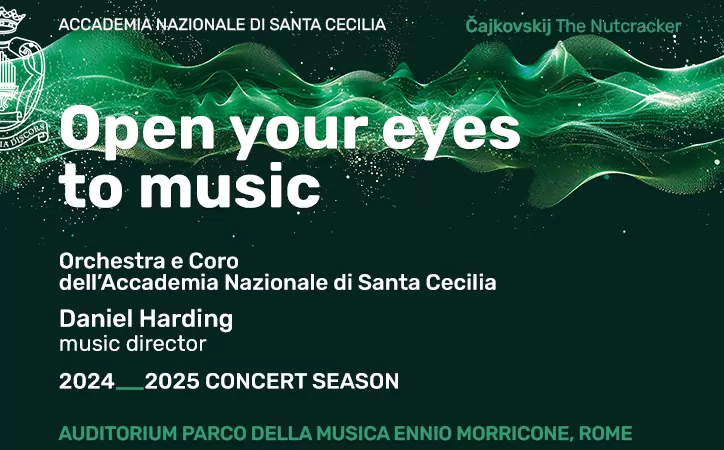Tourism in Rome heads for a bumper year.
Luggage takes too long to arrive (about 45 minutes at Fiumicino airport), passport formalities are slow (only two channels for immigration at Ciampino), taxi drivers are quarrelsome and still manage to rip off their passengers,* there is not enough information about public transport. These are just some of the frustrations travellers meet when they arrive in Rome. Who has not seen that look of desperation on the face of a tourist coming out of the arrivals hall pulling a large suitcase and wondering what to do next?
What comes next can be disheartening too. There are long queues for the Vatican Museums (45 minutes on a good day) and standing room only around the Trevi Fountain. The traffic is terrible, shop assistants are unhelpful, restaurants are increasingly expensive and there is the ever-present danger of pickpockets.
But judging by the crowds in the historic centre none of this deters tourists. The mayor, Walter Veltroni, recently announced that this year Rome is heading for a record of 18 million presenze (measured according to the number of nights that each tourist spends in the city rather than the numbers that actually come), up from 16.5 million in 2005.
If these figures hold up it will be good news for the city, which relies heavily on tourism as a source of income, particularly as the figures for the last five years have not been encouraging.
According to the statistics from Lazios ente bilaterale turismo della regione (EBT) only 498,000 more tourists arrived (arrivi as opposed to presenze) in the citys hotels in 2005 than in 2000 (to make a total of 6,789,750, or a 7.9 per cent increase over a five-year period). Furthermore, most of this increase was in the number of Italians coming to Rome (up 448,000 to make a total of 2,691,359, or a 20 per cent increase) and not in the number of foreign tourists (up only 49,635 to a total of 4,098,391, or 1.2 per cent) over the five-year period. As foreign tourists make up about 60 per cent of the total coming to Rome, such a small increase in travellers from overseas is a warning sign for the industry.
What is also worrying is that in 2005, the overwhelming majority of foreign tourists were still coming from the United States (1,047,527), despite the citys efforts to attract business from elsewhere. This leaves Rome very vulnerable to sudden swings in travel across the Atlantic. Next on the arrivals list were the British (414,624), the Japanese (401,084), the Germans (342,966), the Spanish (272,009) and the French (213,145). Then there was a large drop before the new arrivals, such as Russians (63,594), South Koreans (60,762) and Chinese (56,348), showed up on the list.
In these days of cheap air travel and threats of terrorism as well as the absence of a charismatic pope Rome cannot afford to sit back and wait for tourists to arrive. In fact all the signs are that the mayor is leaving nothing to chance and is busy transforming Rome from marvellous historical monument to happening city of the future.
Once Milan used to be Italys busiest city, the place where things got done. But now its buildings are grimy (apart from the magnificently restored cathedral), its museums feel unloved, its parks unkempt, its station an uninviting reminder of an age long gone. Milan still clings to its air of north European efficiency, but now the action has moved to Rome.
It is enough to list the new attractions that have opened in the eternal city in the last five years, or are about to open, to understand the difference: the Auditorium-Parco della Musica in Flaminio, Richard Meiers Ara Pacis museum and his magnificent church in the suburb of Tor Tre Teste, MACRO, the new civic museum for contemporary art (Via Reggio Emilia 54 as well as the ex-Mattatoio at Piazza Orazio Giustiniani 4), Teatro India, the new civic theatre (Lungotevere dei Papareschi), the Teatro Globo in Villa Borghese, the Casa del Cinema (Via Marcello Mastroianni 1), the Casa del Jazz (Viale di Porta Ardeatina 55) and MAXXI, the new museum for 21st century art and architecture, now under construction in Flaminio. Then there is Galleria Alberto Sordi, a stones throw from the prime ministers office. A few years ago this was where the homeless used to doss down on winter nights; now it is a smart shopping area with upmarket boutiques and cafs. Add to this the vast shopping area around the bright-as-a-button Stazione Termini, once one of the most run-down parts of town, and the new Fiera for trade fairs in Ponte Galeria on the way to Fiumicino airport. With all these to his credit any mayor could rest his case and hope that a street would be named after him when he leaves office.
But not Veltroni. He has masterminded the Notte Bianca, an all-night jamboree in early September. In its third edition this year two million people filled the city for a night of non-stop shopping, music, cultural activities, street entertainment and general merry-making. He has just concluded the citys first film festival, stealing much of the fanfare from the more upmarket one in Venice at the beginning of September. His pet project to promote Villa Borghese as a cultural park with it museums, gardens, art galleries and cultural academies is also about to take off, with a special discount card for the use of all the parks activities planned for the new year. This autumn the city is hosting several big exhibitions: Cina, nascita di un impero at the Scuderie Papali, Matisse and Bonnard at the Vittoriano, Andy Warhol at the Arco della Pace and Paul Klee at Palazzo Ruspoli, all of which are crowd pullers for residents and tourists alike (see Whats On, page 12).
On the sports front, Rome will be hosting the world swimming championships in 2009, and is hoping to be a candidate for the 2016 Olympics, now that Milan has withdrawn its bid.
However one major attraction is still missing. The city badly needs a first-rate congress centre. The futuristic design by architect Maximiliano Fuksas for an all-in-one hotel, conference halls, restaurants and exhibition space, is still on the drawing board. Planned for EUR, a good location for business people flying in and out of the city, but also well connected by the metro to the historic centre, it was supposed to be finished by 2007, but Fuksas Cloud, as the project is called, is still up in the air. Until it comes down to earth, Rome will not be able to attract the sort of business travel it needs to ensure that the citys tourist trade has really come of age.
*Since 1 October, the taxi fares between Rome city centre and Fiumicino and Ciampino airports have been fixed by city authorities at 40 and 30 respectively. However, taxis registered in Fiumicino rather than Rome have been continuing to charge up to 60 for the trip from Fiumicino airport in to the capital as they are not permitted to take passengers on the return journey from Rome to the airport. The double fare system has been causing confusion among tourists.




















